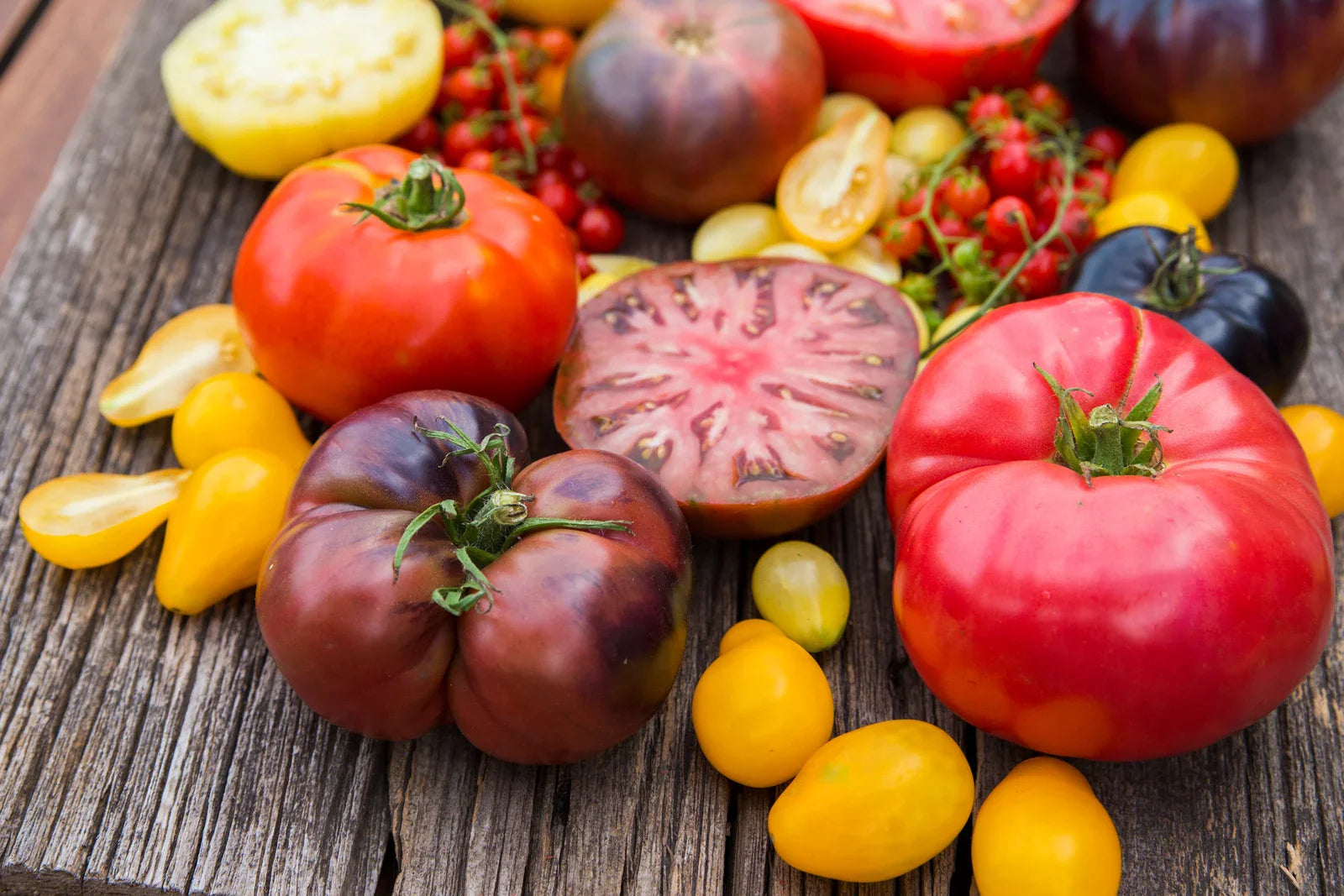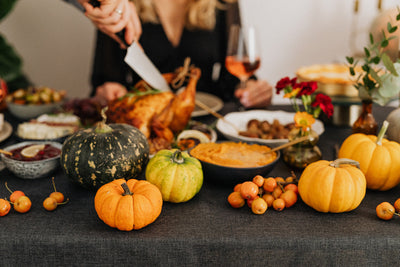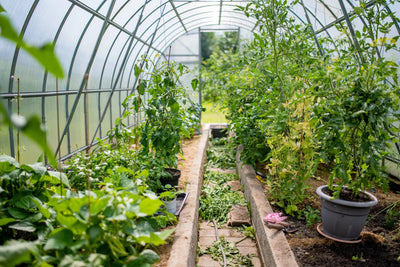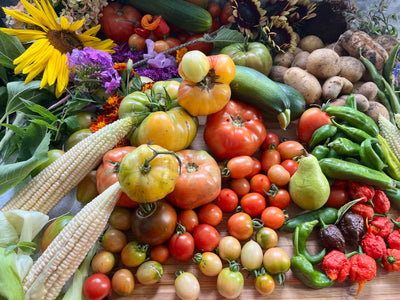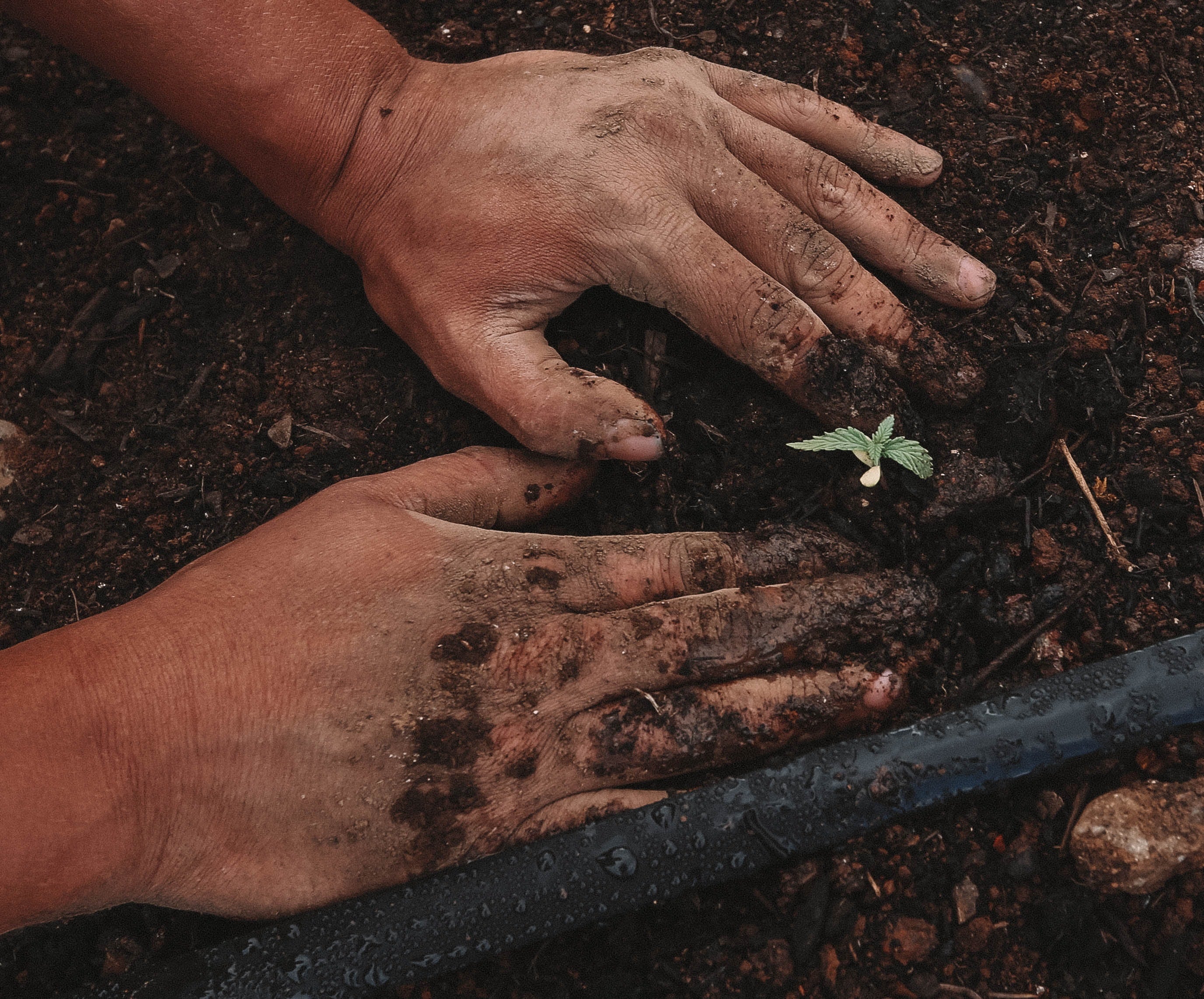Table of content
Introduction
In a world where food security and sustainability are becoming hot topics, more and more people are turning back to their roots—literally. Whether you're planting a full-blown backyard garden or just a few pots on your windowsill, heirloom seeds are one of the most powerful tools you can use to grow fresh, flavorful food and create a more sustainable future. But what exactly are heirloom seeds, and why are they so important for sustainable gardening?
Let’s dig in and explore what makes heirloom seeds so special—and how they can transform your garden (and maybe even your mindset).


1. What Are Heirloom Seeds?
Heirloom seeds are seeds that have been passed down from generation to generation, often for 50 years or more. Unlike modern hybrid seeds, heirloom seeds are open-pollinated, which means they naturally reproduce true to type—producing plants just like their parents.
They’re not genetically modified. They haven’t been altered in a lab. Instead, they’re preserved the old-fashioned way: by nature and by gardeners who care deeply about the integrity of our food supply.
Key Characteristics of Heirloom Seeds:
Non-GMO: Heirloom seeds are never genetically modified.
Open-pollinated: They reproduce naturally via pollinators like bees, birds, and wind.
Stable genetics: They grow consistent crops year after year if saved and stored properly.
Culturally rich: Many heirloom varieties carry fascinating stories and heritage from around the world.
Why Heirloom Seeds Matter for Sustainable Gardening
You might be wondering—how do heirloom seeds tie into the bigger picture of sustainable gardening? The answer lies in biodiversity, resilience, and the ability to save your own seeds season after season.
1. Heirloom Seeds Support Biodiversity
Modern industrial agriculture favors just a few high-yield, uniform crops. This monoculture approach strips the soil, weakens ecosystems, and makes plants more vulnerable to pests and disease. But heirloom seed varieties come in hundreds—sometimes thousands—of unique types, each with its own strengths.
Think purple carrots, blue tomatoes, speckled beans, and drought-resistant melons. Growing heirlooms increases genetic diversity in our gardens and helps safeguard our food system from collapse.
2. They Encourage Seed Saving and Independence
When you grow from heirloom seeds, you can save seeds from your harvest and replant them the next year. That means you’re not locked into buying seeds from big corporations every season.
Seed saving empowers gardeners to be more self-sufficient —a core value of sustainable living. It also helps preserve rare varieties that might otherwise disappear.
3. They Thrive in Organic, Eco-Friendly Systems
Heirloom seeds are a natural fit for sustainable gardening practices. Since they haven't been bred for chemical-heavy industrial farming, they tend to do better in organic gardens where soil health, composting, and natural pest control are prioritized.


2. Heirloom Seeds vs. Hybrid and GMO Seeds
Let’s break down the difference between heirlooms, hybrids, and GMOs—because it can get confusing, especially when seed catalogs throw around all these terms.
Heirloom Seeds
Open-pollinated
Non-GMO
Passed down for generations
Seeds can be saved and replanted
Often rich in flavor and nutrition
Hybrid Seeds
A cross between two different parent plants (F1 hybrids)
Bred for uniformity, shelf life, or disease resistance
Seeds can’t be reliably saved —next generation won’t grow true
Not genetically modified, but not heirloom either
GMO Seeds
Genetically modified in a lab to include traits from other species (not just plants)
Common in large-scale industrial agriculture
Often patented and controlled by big agri-corporations
Not available to home gardeners in most cases, but important to choose non-GMO seeds to support seed sovereignty
In short, heirloom seeds give you independence, variety, and sustainability—without relying on corporations or synthetic inputs.
Product we recommend
Our Rosewood Linen Tea Towel Set combines functionality with cottage-core charm. Made from 100% linen, these tea towels become more absorbent with each wash, making them a long-lasting addition to your kitchen.


3. How to Start Your Own Heirloom Garden
If you’re ready to try heirloom gardening, good news: it’s easier than you might think. Whether you're planting in raised beds, grow bags, or containers, heirloom seeds adapt well to home gardens.
Step 1: Choose Your Seeds
Start with the vegetables, herbs, or flowers you love most. Some beginner-friendly heirloom varieties include:
Tomatoes: ‘Brandywine’ and ‘Cherokee Purple’ are flavorful classics.
Beans: Try ‘Dragon Tongue’ or ‘Kentucky Wonder.’
Lettuce: ‘Forellenschluss’ (a.k.a. Speckled Trout) is hardy and unique.
Peas: ‘Lincoln’ and ‘Wando’ are productive and easy to grow.
Carrots: ‘Parisian’ or ‘St. Valery’ for something different.
Look for seed companies that specialize in heirloom and non-GMO seeds —many small, family-run operations pride themselves on quality, variety, and ethics.
Step 2: Prep Your Soil
Healthy soil is the foundation of any sustainable garden. Use compost, mulch, and natural amendments to build soil rich in organic matter. Avoid synthetic fertilizers or pesticides—they can harm the very microbes and pollinators that keep your garden thriving.
Step 3: Practice Companion Planting and Rotation
Heirloom gardening goes hand-in-hand with natural techniques like companion planting (pairing plants that help each other) and crop rotation (changing where you plant each crop annually) to reduce pests and disease.
For example, plant basil next to tomatoes to repel pests and improve flavor. Rotate your bean crop to a different bed next year to keep soil healthy.
4. The Pollinator Connection
Here’s something cool: heirloom plants often produce more nectar and pollen than hybrids or GMOs, making them a pollinator’s paradise. Bees, butterflies, and other beneficial insects will love your garden—and your plants will thank you with bigger, better harvests.
Planting heirloom flowers like calendula, nasturtiums, and sunflowers alongside your vegetables also attracts pollinators and adds beauty.
Supporting pollinators is a crucial part of sustainable gardening —so when you grow heirlooms, you’re not just feeding your family, you’re nurturing the whole ecosystem.
Product we recommend
Nurture Nature's Helpers with our Pollinator Power Vault
Designed to attract bees, butterflies, and birds, this vault is essential for gardeners who wish to play a part in supporting our vital pollinators. With a carefully selected mix of flowers and herbs, the Pollinator Power Vault ensures your garden is a haven for these crucial creatures.
5. Seed Sovereignty: Take Back Control
Choosing heirloom seeds isn’t just a gardening decision—it’s a political and environmental statement.
In a time when just a handful of companies control the majority of the world’s seed supply, growing heirloom and non-GMO seeds is a way to reclaim control over our food. It’s about preserving diversity, protecting traditions, and promoting resilience in the face of climate change and corporate agriculture.
Organizations like Seed Savers Exchange and local seed libraries are helping to keep rare heirloom varieties alive. By growing them, saving seeds, and sharing them with others, you become part of a grassroots movement with global impact.
Pro Tips for Heirloom Gardeners
Here are some quick tips to help your heirloom garden thrive:
Start Small
Don’t feel pressured to grow everything at once. A few tomato plants, a couple of bean vines, and a row of lettuce is plenty to start.
Label Everything
Heirloom varieties can look very different from modern ones—and even from each other. Keep track of what you planted so you can save seeds and know what worked well.
Let a Few Plants Go to Seed
Allow your healthiest, tastiest, most productive plants to mature fully and go to seed. Then dry and store those seeds for next season.
Share the Love
Trade seeds with friends, join a local seed swap, or contribute to a seed library. Every gardener who grows heirlooms helps keep our shared plant heritage alive.
Related readings
The Takeaway: Heirloom Seeds Are the Future
If you care about real food, local resilience, or just want tomatoes that taste like tomatoes, heirloom seeds are the way to go. They’re a simple yet powerful step toward sustainable gardening, healthier ecosystems, and food independence.
You don’t have to be an expert or have acres of land—just a handful of seeds, some soil, and the willingness to get your hands dirty. In doing so, you’re growing more than a garden. You’re growing a future rooted in tradition, biodiversity, and hope.
Ready to Get Started?
Check out trusted heirloom seed companies like:
Seed Armory – offering 100% heirloom, non-GMO seeds perfect for survival gardening.
Frequently Asked Questions
What are heirloom seeds?
Heirloom seeds are open-pollinated seeds that have been passed down through generations—typically for 50 years or more. These seeds produce plants true to type, meaning their offspring will closely resemble the parent plant. They are always non-GMO and often valued for their superior taste, color, and unique variety.
Are heirloom seeds the same as non-GMO seeds?
All heirloom seeds are non-GMO, but not all non-GMO seeds are heirlooms. Non-GMO simply means the seeds have not been genetically modified in a laboratory. Heirloom seeds go a step further—they are non-GMO, open-pollinated, and come with a rich heritage of natural selection.
Why should I choose heirloom seeds for sustainable gardening?
Heirloom seeds help preserve plant biodiversity, encourage natural seed saving, and thrive in organic gardening systems. They allow gardeners to be self-sufficient, reduce dependence on commercial seed companies, and grow crops without synthetic inputs—all key components of sustainable gardening.
Can I save seeds from heirloom plants?
Yes! One of the biggest benefits of growing heirloom seeds is that you can save seeds from your healthiest plants and use them in the next growing season. Over time, your seeds can become adapted to your local climate and soil—making your garden even more resilient.
How do heirloom seeds support biodiversity?
Heirloom seeds come in many unique varieties, each with different shapes, colors, flavors, and resistance traits. Growing them increases genetic diversity in your garden, which supports local pollinators and helps protect the food supply from pests, disease, and climate changes.
Are heirloom seeds harder to grow than hybrid or GMO seeds?
Not at all. In fact, many heirloom varieties are well-suited for home gardeners, especially in organic or low-maintenance setups. With healthy soil and basic care, heirlooms grow just as easily—and often more flavorfully—than hybrids.
Where can I buy high-quality heirloom seeds?
You can find 100% heirloom, non-GMO seeds at trusted retailers like Seed Armory. They offer curated survival seed vaults, culinary herb kits, and vegetable seed bundles designed for long-term storage and sustainable gardening.
How do I store heirloom seeds for future use?
Store your seeds in a cool, dry, and dark place—preferably in an airtight container. Some gardeners use mylar bags or glass jars with desiccant packs to keep moisture out. Properly stored seeds can remain viable for years, especially if they are kept below 50°F and away from sunlight.
Product we recommend
Related readings
Elevate your self-reliance
Looking to grow sustainably? Discover why heirloom seeds are the best non-GMO choice for eco-friendly gardens and long-term seed saving.
Bring the cozy cottage charm into your house today!


